How You Do One Thing is How You Do Everything: The Push-up
Friday's ring push-ups are, among other things, intended to help some of you who are still working toward finding the correct body position (i.e. tight, straight plank) in the standard push-up. The movement is a great teaching tool for this purpose, and allows athletes of all levels to scale to their individual ability based on the body angle during the movement.
This talk of (standard) push-ups reminded me of an old post I wrote several years ago - so here's a Flashback Friday post to end your week. Enjoy my grumpy ranting!
In a former life I interviewed hundreds of eager candidates who sought to join a sales and client service team within a demanding, deadline-driven, constantly evolving services and technology industry. Over the years I had culled my interview questions down to just a handful that seemed to work really well for predicting how that candidate might fit into the role we were trying to fill. One universal concept we tried to stress in this process was "how you do one thing is how you do everything."
Think about it. You all have friends, family, and coworkers and some of them might be good examples. That buddy you have who has an organized car that's always sparkly clean? They probably have their act together at work and stay on top of their list of action items with a sense of urgency. Your cousin who has months-old unopened mail and catalogues on her dashboard, and a half eaten pizza on the backseat? I'll bet her email inbox at work has thousands of messages in it, and she "can't figure out why her email thingy keeps crashing" when you need her to follow up with a client.
In the gym, and with human movement, it's the same thing. How an athlete does one (basic, fundamental) thing usually indicates how they'll do nearly everything else. The guy with the sloppy air squat, who doesn't work to correct it no mater how many times he's cued to do so? He likely moves poorly in just about everything else we do in the gym. One movement we generally get a lot of comments from both newbies and experienced alike is the push-up. We teach the push-up in on-boarding and we cue the movement frequently in the gym's WODs, sometimes to the point of bewilderment by a few. But the truth remains-- how an athlete does this one thing is generally how that athlete will do nearly everything else. Those that have chosen not to correct their push-up positioning or go through the period of "but it feels way harder when I do it that (correct) way!" have generally not progressed in push-up strength, stability, or muscular endurance (I'm looking at you, gentlemen... you know who you are). Those who have? Well, they're smoking folks in push-up WODs and are now the people I point to when I'm trying to get someone into the correct position.
Greg Everett wrote a great article many years ago about the push-up, and I was reminded of it recently when observing some new athletes do push-ups in our free Intro Class. His article is located here, and I've pasted an excerpt below:
The push-up is one of those things that when done well doesn’t draw much attention—it’s not a flashy feat of athleticism. However, in my opinion, how one performs a push-up is indicative of that individual’s athletic foundation, and possibly more importantly, how committed one is to excellence in movement and performance. Sloppy push-ups suggest to me a superficial interest in athleticism and a degree of laziness. Put a little attention and effort into the simple things and it will pay returns in the more complicated and interesting ones.
How you do one thing is how you do everything.
WOD for 04-08-16:
Alternating EMOM for 6 Rounds (12 Minutes):
ODDS: 7-10 Ring Push-ups
EVENS: 30 Unbroken Double Unders
-then-
AMRAP 10 Minutes:
30 Walking Lunges
20 One-Arm Russian Kettlebell Swings @ 53/35 lbs (10 per side)
10 Burpee Box Jumps @ 24/20 in

